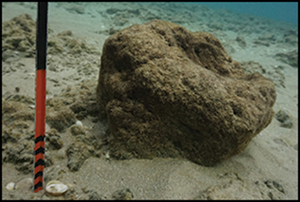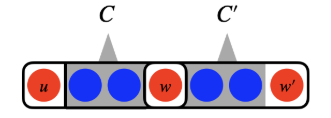2024-04-30 カリフォルニア大学サンディエゴ校(UCSD)
<関連情報>
- https://today.ucsd.edu/story/scientists-show-ancient-village-adapted-to-drought-rising-seas
- https://www.cambridge.org/core/journals/antiquity/article/continuity-and-climate-change-the-neolithic-coastal-settlement-of-habonim-north-israel/4E22C65E3430E661B07BACE086B38361
継続と気候変動:イスラエル、ハボニム北部の新石器時代の海岸集落 Continuity and climate change: the Neolithic coastal settlement of Habonim North, Israel
Roey Nickelsberg,Thomas E. Levy,Ruth Shahack-Gross,Anthony Tamberino,Scott McAvoy,Gal Bermatov-Paz,Nimrod Marom,Ehud Arkin Shalev,Ehud Weiss and Suembikya Frumin,…
Antiquity Published:04 March 2024
DOI:https://doi.org/10.15184/aqy.2024.32
Abstract

Sedentary occupation of the southern Levantine coast spans from the Pre-Pottery Neolithic C to the Early Bronze Age Ib phase (c. 7000–3100 BC). Sites dating to the Early Pottery Neolithic (c. 6400–5500 BC) are scarce, however, potentially reflecting the effects of the 8.2ka climatic event. Here, the authors present the investigations at the submerged site of Habonim North off the Carmel Coast. Typological and radiocarbon dating indicate an Early Pottery Neolithic occupation and evidence for continuity of subsistence and economic strategies with both earlier and later Neolithic cultures. The results indicate the resilience of coastal communities in the face of significant climatic uncertainty and contribute to understanding human responses to environmental change.



